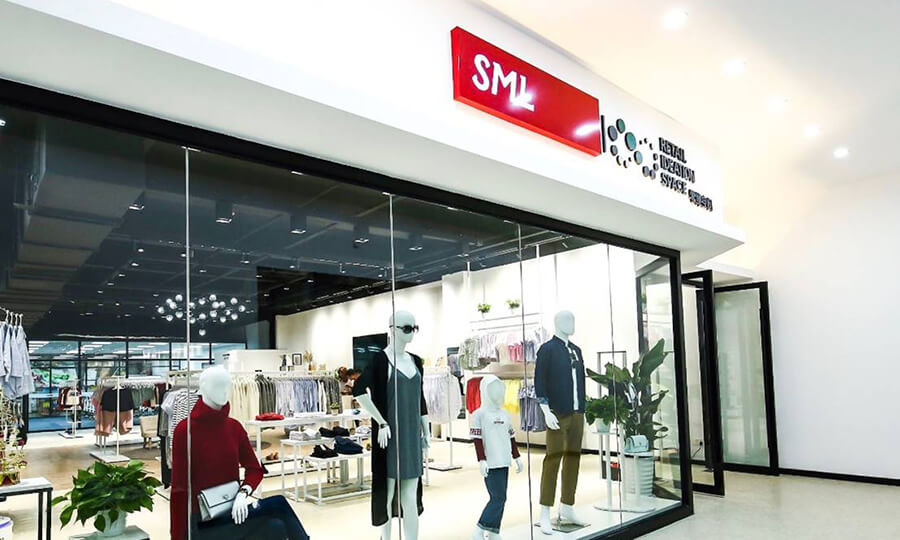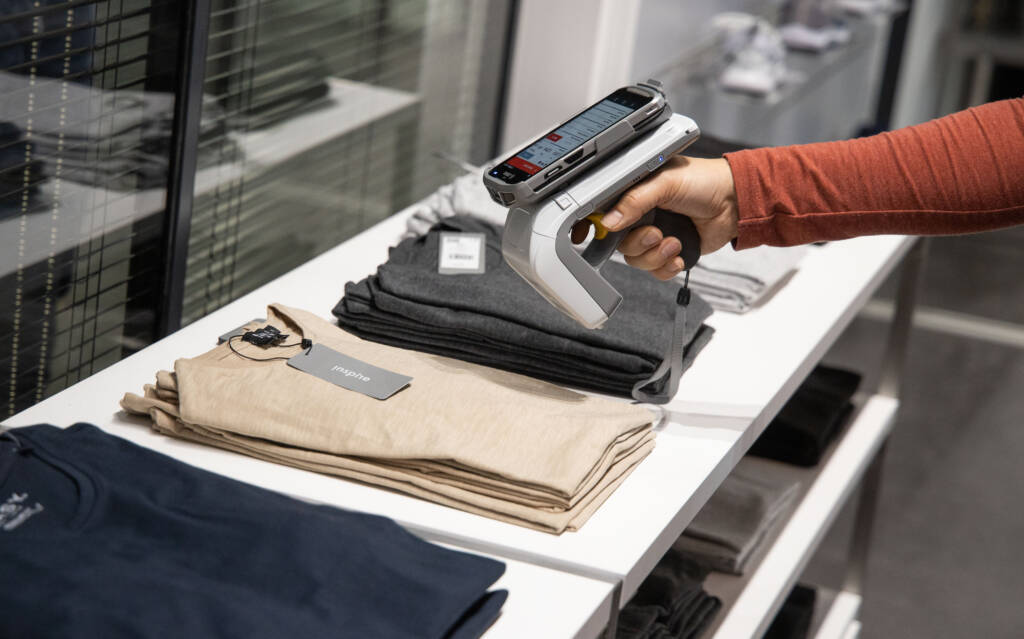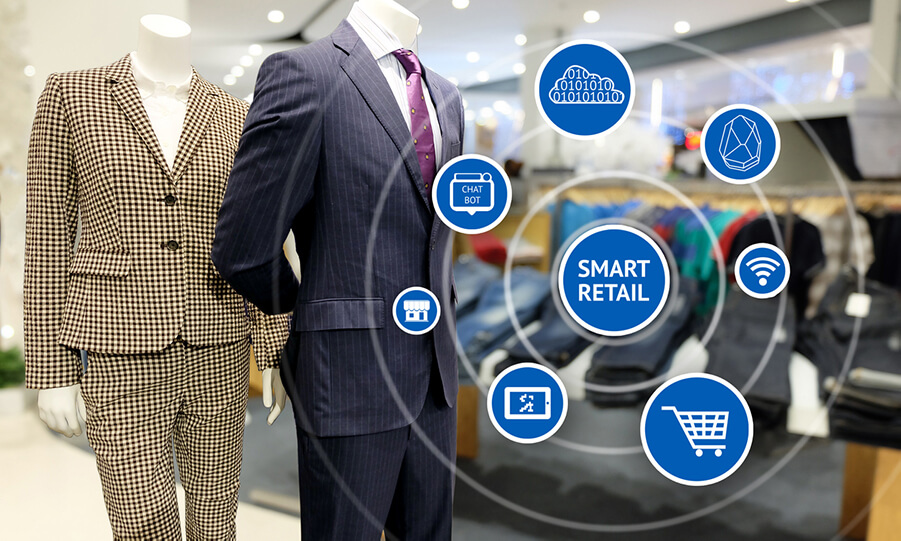SML’s Dean Frew Discusses AI, RFID
Estimates say that nearly 40% of all US retailers use AI in some form within their operations, and that share is growing.
Printed Electronics Now: How has the role of RFID grown within the retail industry?
Dean Frew: Ten years ago, many retailers struggled to see the value of item-level RFID deployment. Today, however, the use case has been realized by many, and more are beginning to recognize the significant return on investment (ROI) delivered as RFID transforms operations. Industry leaders are able to harness its potential to improve efficiency, enhance visibility, and gain more control over their inventory.
The use of RFID within the retail sector has been evolving. The core uses of the technology have been to track individual items, increase inventory accuracy, reduce theft, and drive operational efficiency. However, with growing advancements, retailers today can leverage RFID technology beyond its traditional benefits.
In the modern retail landscape, RFID plays a key role in enabling retailers to deliver top-tier customer experiences, make effective decisions, and improve forecasting. By combining RFID’s capabilities with innovative technologies such as AI and machine learning, retailers are clearly driving more excellent value.
Using RFID, retailers require fewer labor hours to accurately and efficiently track more products than ever. With larger warehouses and stock rooms available to retailers, large and small, retail associates can take advantage of influential software-empowered handheld readers to scan and find items quickly. This reduces manual stock count and item identification times by a large margin.
Printed Electronics Now: Along those lines, are more retailers using RFID to improve inventory accuracy?
Dean Frew: Absolutely. With nearly half of retailers attributing out-of-stocks as their biggest challenge, more retailers are turning to RFID to improve inventory accuracy and streamline management. Increasing omnichannel preferences have only made it more important for retailers to create holistic inventory platforms that can help them cater to evolving consumer demands. Inventory accuracy is perhaps one of the most important elements a retail business can harness using RFID technology.
If retailers do not know what they have and do not have in their stock, it becomes challenging to make effective decisions. Not only does this impact operational efficiency, but it can also hinder customer experiences. With little or inaccurate knowledge of their inventory, retail associates are unable to assist customers in the best possible ways.
With many retail respondents citing that their inventory accuracy levels are as low as 60%, change is imminent, and RFID technology is the perfect solution. Our item-level RFID solution can increase inventory accuracy up to 99%, and by doing so, its implementation assists retailers in streamlining operations, driving efficiency, and enhancing customer experiences.
Printed Electronics Now: How can AI help retailers improve their business modeling, such as improving supply chains?
Dean Frew: Nearly 40% of all US retailers use AI in some form within their operations, and this number is growing. Artificial intelligence provides a sophisticated and developed structure to a business, whether it is integrated into current services and software, or by providing analytics and insights into the data provided by technology such as RFID.
Using AI in the retail space offers retailers the power to analyze, predict, and respond to customer needs quickly and efficiently. As a result, brands can improve their supply chain operations by making informed decisions ahead of time. But, without RFID, those decisions will be made using inventory information that is 30%-40% inaccurate and not reliable. There is little value in investing in AI around inventory use cases without pairing it with RFID.
While AI is a game changer in analyzing and forecasting, it needs to leverage accurate data to be effective. RFID can facilitate this. As a result, retailers who implement AI must do it in combination with RFID to drive maximum value. In fact, 82% of retailers in the US believe RFID is essential in implementing emerging technologies.
Beyond supply chain efficiency, combined AI and RFID can also help retailers take their in-store operations to the next level. RFID enabled dressing rooms provide customers with tools to improve their overall experience. When a product doesn’t fit, customers can consult tablets to see if another size or color is available.
If this is the case, an associate’s handheld device is notified, and a new size can be delivered directly to the customer. If unavailable, the system – using AI – can generate personalized recommendations of similar items or of other items the customer might like to complete the look for based on the consumer’s preferences.
Read the full article on The Printed Electronics Now.










